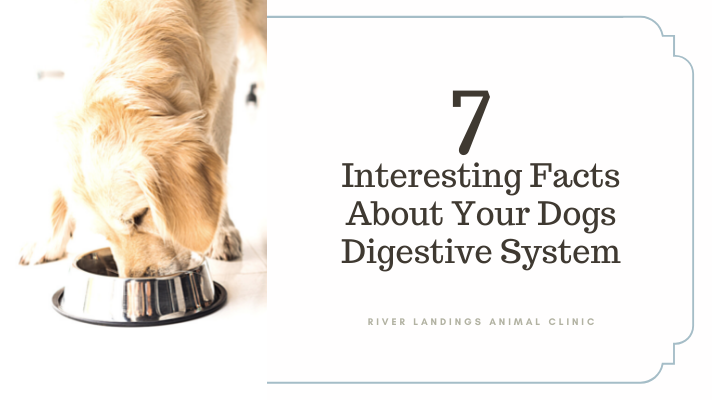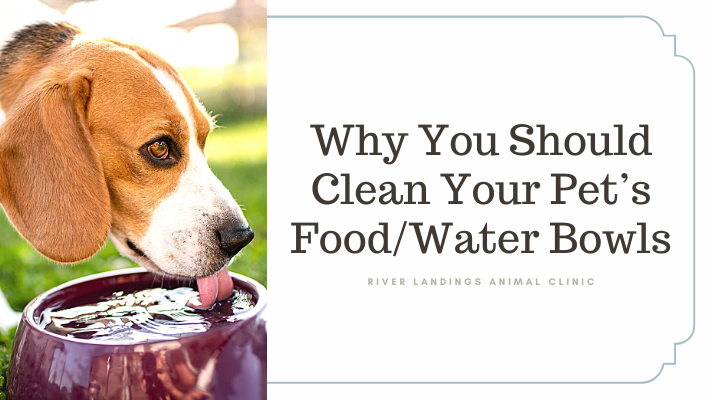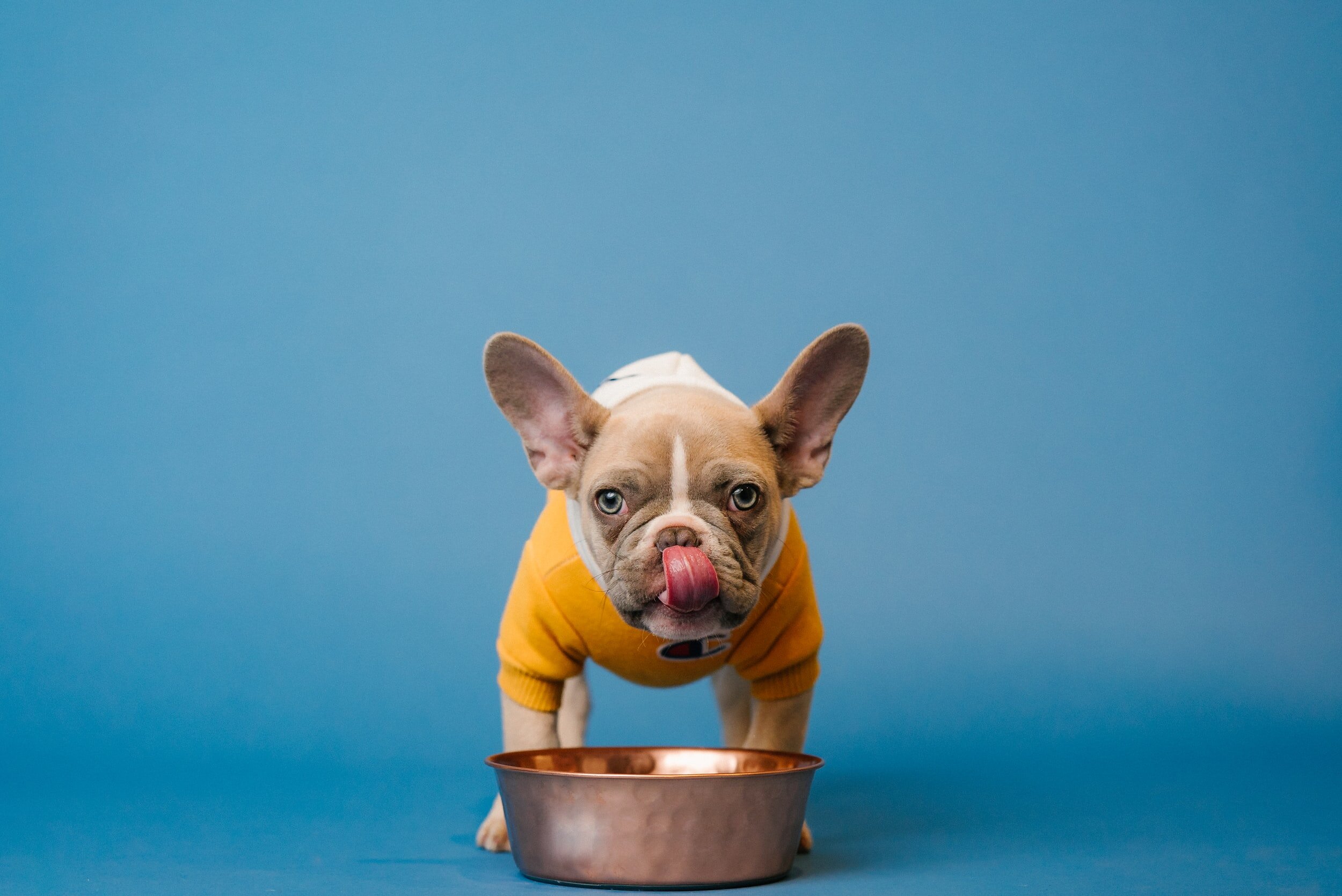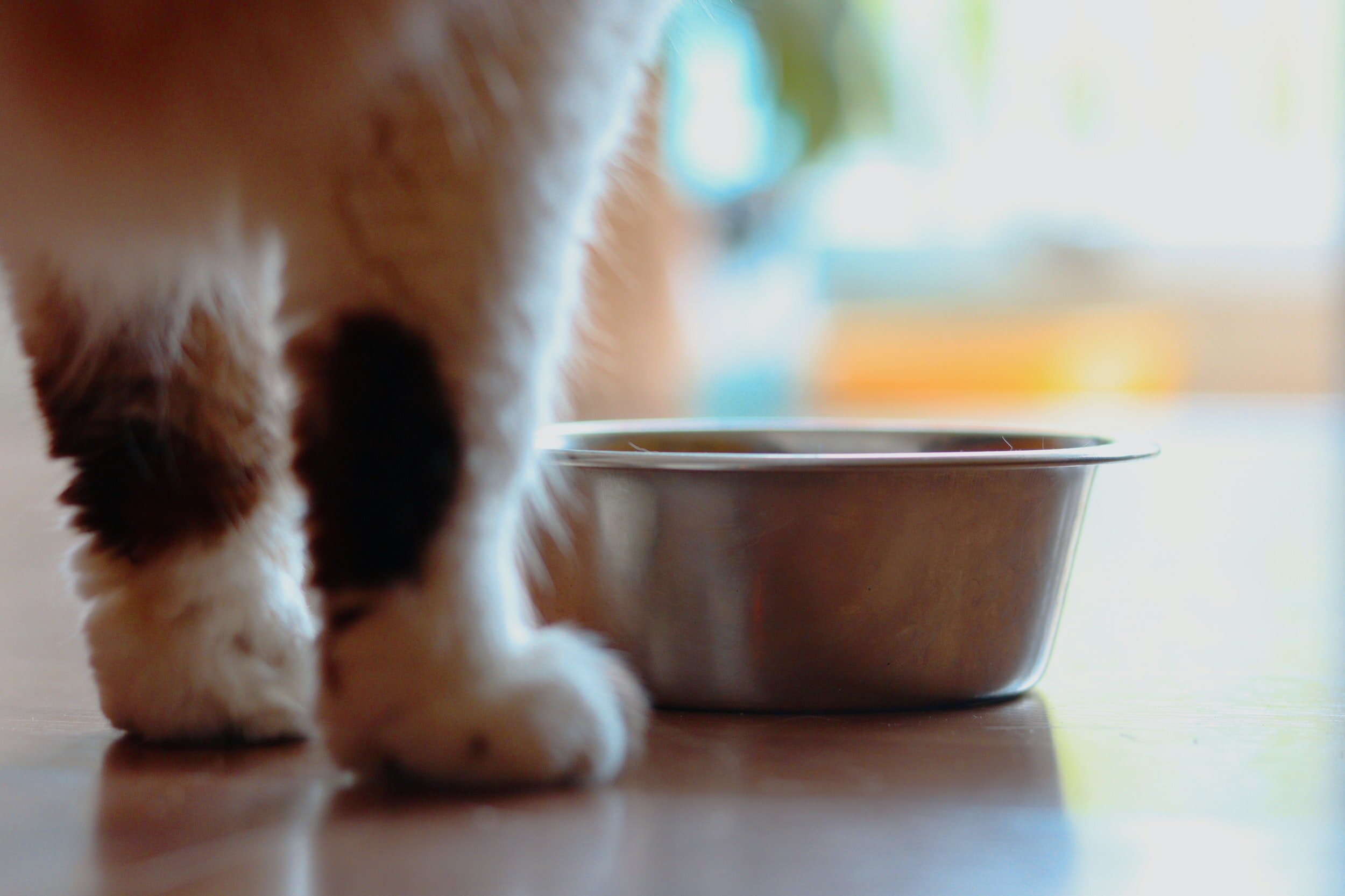A healthy digestive system is essential to your dog’s well-being. The digestive system serves many important functions: it takes in food, absorbs nutrients, maintains fluid and electrolyte balance, and gets rid of waste.
It also covers a lot of area. The digestive tract includes the oral cavity (salivary glands, tongue, teeth), esophagus, stomach, small and large intestine, liver, pancreas, rectum, and anus.
The canine digestive system isn’t the most glamorous topic, but understanding how it works puts you in a better position to determine if your dog is sick and needs to be seen by a vet. It can also guide you in making decisions that will enhance their health.
Here are 7 interesting facts about your dog's gastrointestinal tract and health!
1. Dogs Get Heartburn, Too
Dogs can get indigestion and heartburn just like humans.
In the fasted state, stomach acids are very similar in people and dogs. After eating, however, dogs produce more acid than we do.
Our similarities mean that dogs and people benefit from the same antacids. But before giving your dog an over-the-counter antacid, talk to your veterinarian. You will want to be sure you aren’t risking any potential drug interactions or side effects.
Veterinarians can also provide you with important usage guidance for antacids to ensure you are not putting your pet’s health at risk.
But more stomach acid doesn’t translate to letting your dog eat potentially contaminated foods. Dogs are no less sensitive to food poisoning (bacterial contamination) than are people. The practice of feeding raw meat to dogs carries a demonstrated risk of food poisoning.
2. Food Moves Through a Dog's GI Tract Three Times as Fast
Dogs have a small intestine that occupies about 25% of the total gastrointestinal volume, which is consistent with other omnivores, including people. The small intestine of a cat, a true carnivore, occupies only 15%.
On average, food moves through the canine stomach a bit slower than ours, but food movement through the intestines is a little faster. Gastrointestinal transit time is six to eight hours for dogs, while in people it’s between 20 and 30 hours.
3. Dogs Can’t Chew Side to Side
You’ve probably noticed that your dog can’t chew side to side. The dog’s jaw only allows for up and down motion when chewing, whereas people have side-to-side movement that allows more grinding of food.
The difference probably has to do with our historical diets. The wolf-like ancestors of dogs ate mostly meat that could be easily ripped and swallowed, but people also relied on gathering or farming plant material that required more chewing.
4. Most Dogs Can Digest and Absorb Carbs
But modern dogs are considered omnivores, just like we are. They originally ate a carnivorous diet in the wild, but since they have been domesticated, adaptions have been made that allow them to digest and utilize plant-based nutrients.
True carnivores, like cats, have a higher nutritional requirement for taurine, arachidonic acid and certain vitamins, which are available in animal fat and protein sources.
Omnivores don’t have a higher requirement for these and create their own arachidonic acid from vegetable oils. Most normal dogs have no difficulty digesting and absorbing carbohydrates. So, there is no benefit to feeding grain-free diets to normal dogs.
5. Cholesterol Doesn’t Impact a Dog’s Health
Your doctor may advise you to lower your cholesterol level, but you won’t hear the same concerns echoed at the vet’s office. Cholesterol does not have the same effect on your dog’s heart, and their digestive systems are designed to accommodate animal fat.
Dogs also don’t have the same issues with colon cancer, so the idea that eating foods high in soluble fiber or low in saturated or trans-fats will provide any health benefit is really unknown at this point.
Vets say one of the keys to health is keeping your dog at a healthy weight. Obesity is related to exacerbation of many health problems in dogs and is a vet’s number one battle. If it’s any one thing that we can do, it’s talk to our vets about how to curb obesity.
6. Diarrhea and Vomiting May Be Bigger Problems Than You Thought
Gastrointestinal diseases account for about 10% of veterinary visits. Diarrhea is one of the most frequent clinical signs. Abnormal stool may also be a first symptom of a more systemic disease process, such as kidney, liver, and some endocrine disorders.
Vomiting is also a common symptom. An acute bout may resolve itself over a day or two—vets will often recommend a short, 12-hour period of fasting to “rest” the GI tract, followed by a bland diet of chicken and rice. But when the clinical signs continue or are especially severe, testing is often recommended to attempt to find out what may be causing the distress.
Imbalances with other organs, such as the kidneys, can also cause gastrointestinal signs. It is important to see your vet to determine the best treatment for your dog.
7. Your Dog’s Poop Tells a Lot About Their Health
You can learn a lot about your dog’s health by studying her poop (an unpleasant, but necessary task).
There are a variety of causes for abnormal stool. Most episodes of acute onset diarrhea are typically self-limiting within a few days, as dietary indiscretions are a frequent cause.
Parasites, bacteria, and viruses may also cause diarrhea. Depending on the underlying cause, the animal may or may not need appropriate treatment for the infectious agent. If diarrhea persists for several days, and/or there is blood in the stool, the animal should be examined by a veterinarian who can determine the most appropriate course of treatment.
On the other hand, if your dog isn’t pooping and is straining to defecate, they may be constipated, which if prolonged, may cause serious health issues.
One important takeaway is to contact your vet if you notice anything suspicious. Even short episodes of diarrhea or constipation that occur periodically, especially in combination with other signs, like weight loss and loss of appetite, may indicate a more complicated disease process.
Another key point is that you regularly monitor your dog’s poop habits. It is important for the owner to daily monitor how often the animal defecates and the consistency of the stool. There is some variation between animals and also variation from day-to-day, with some animals having consistently softer stools or harder stools than others. But generally, with time, the owners should be able to establish what’s normal for their animal.
Hear From Us Again
Don't forget to subscribe to our email newsletter for more recipes, articles, and clinic updates delivered straight to your e-mail inbox.
Related Categories:





